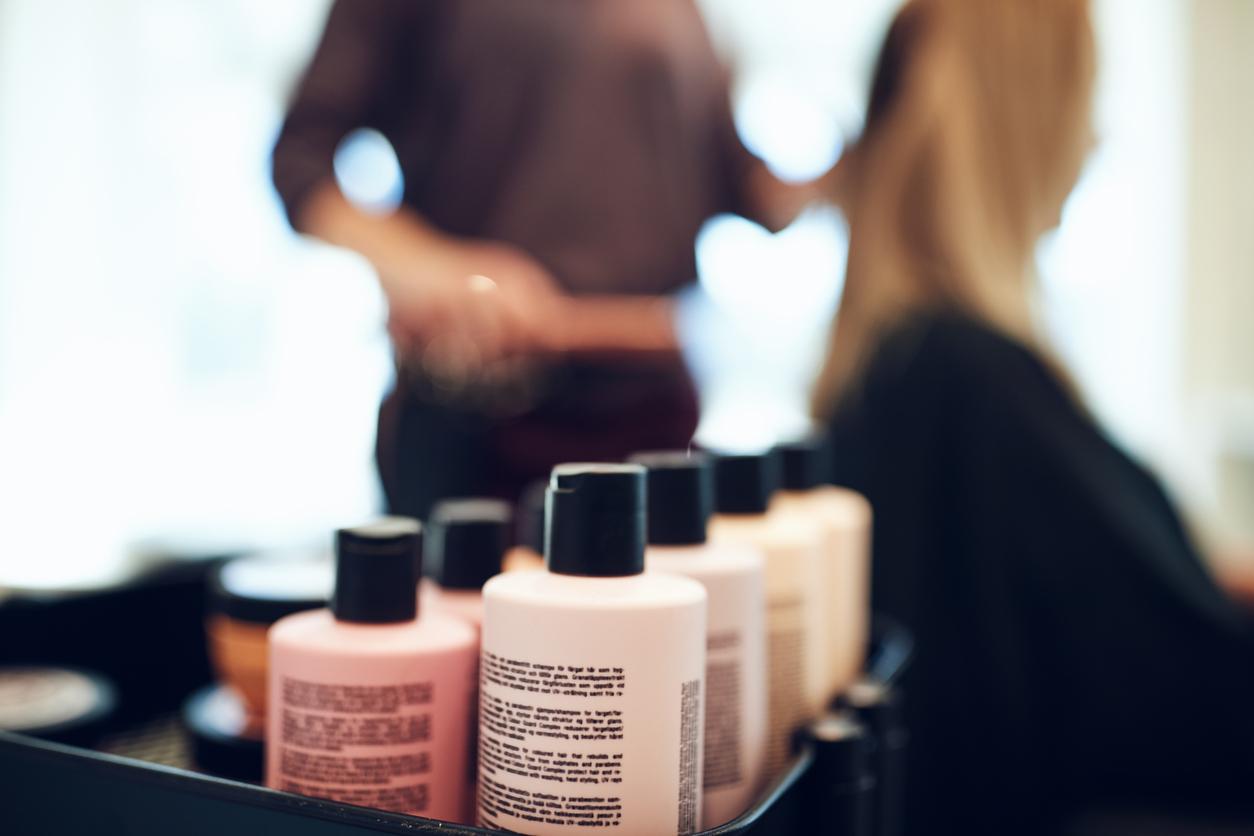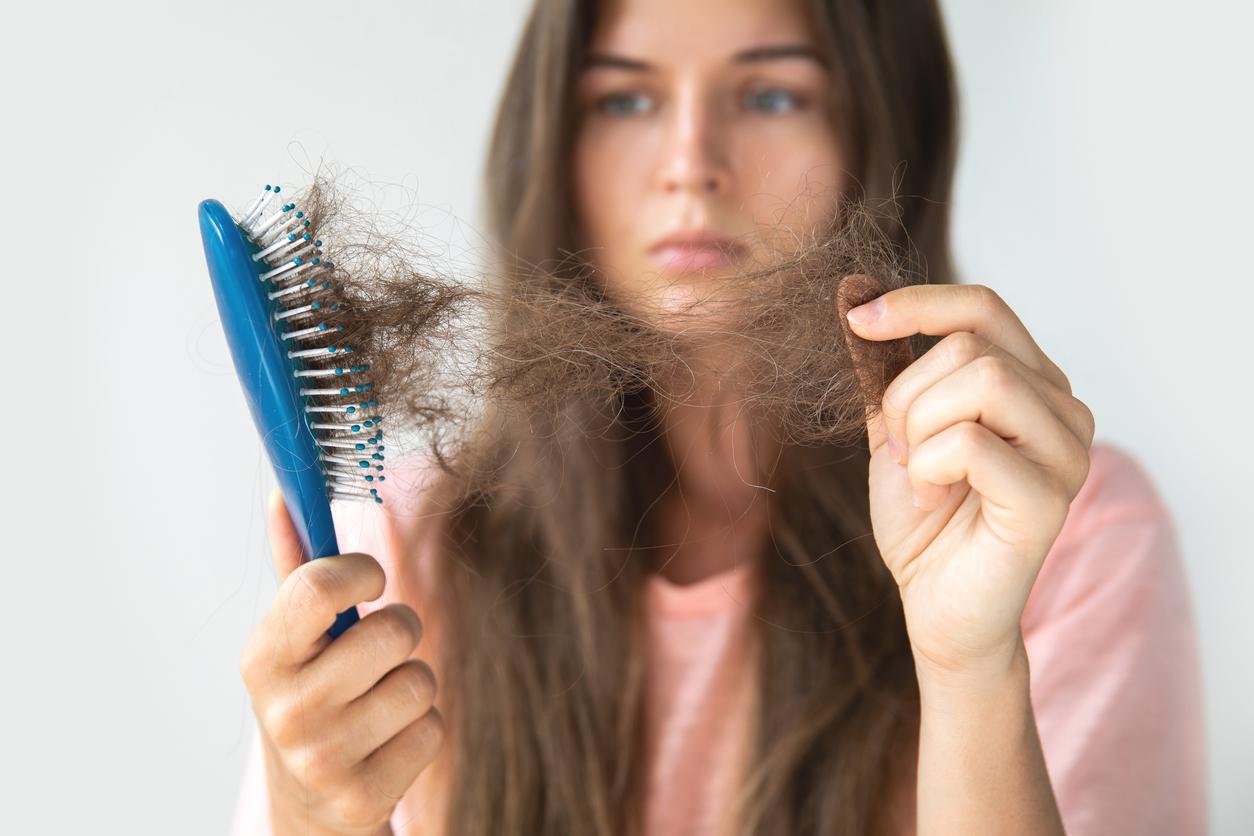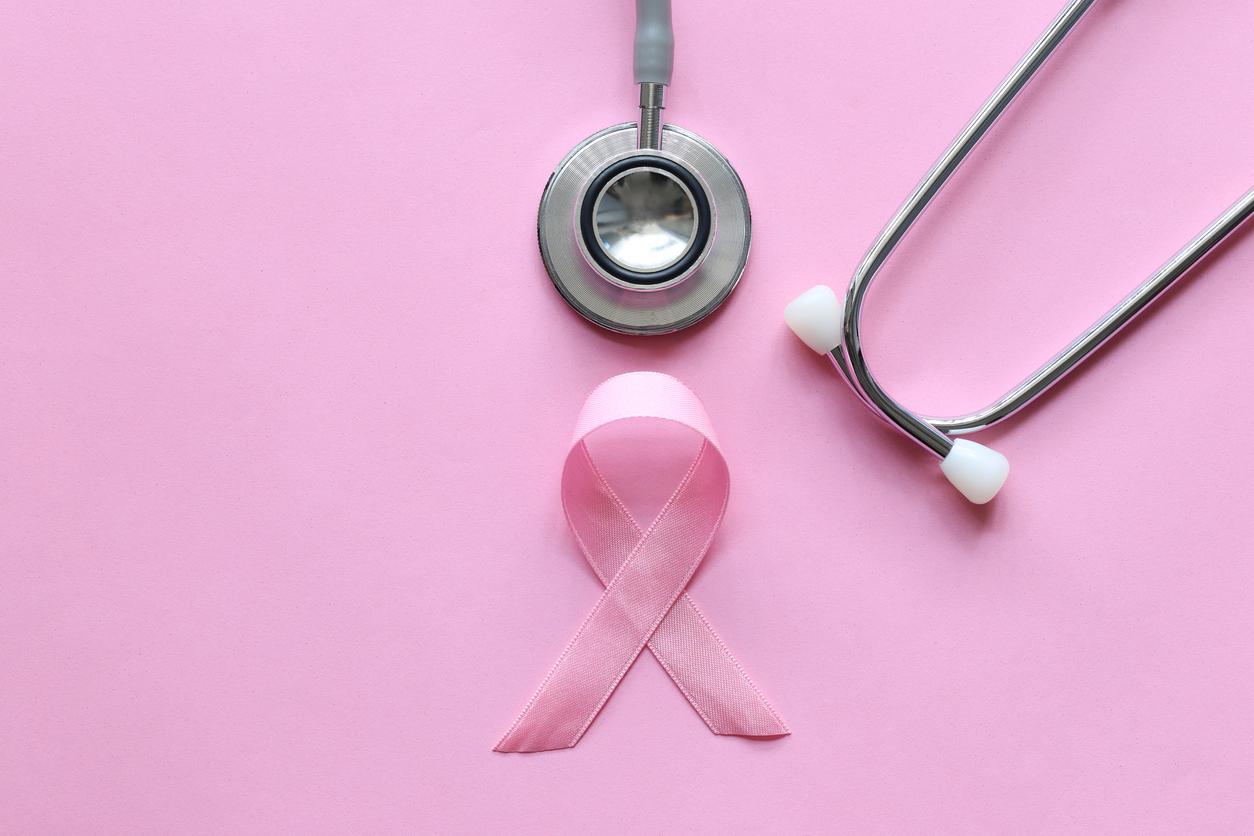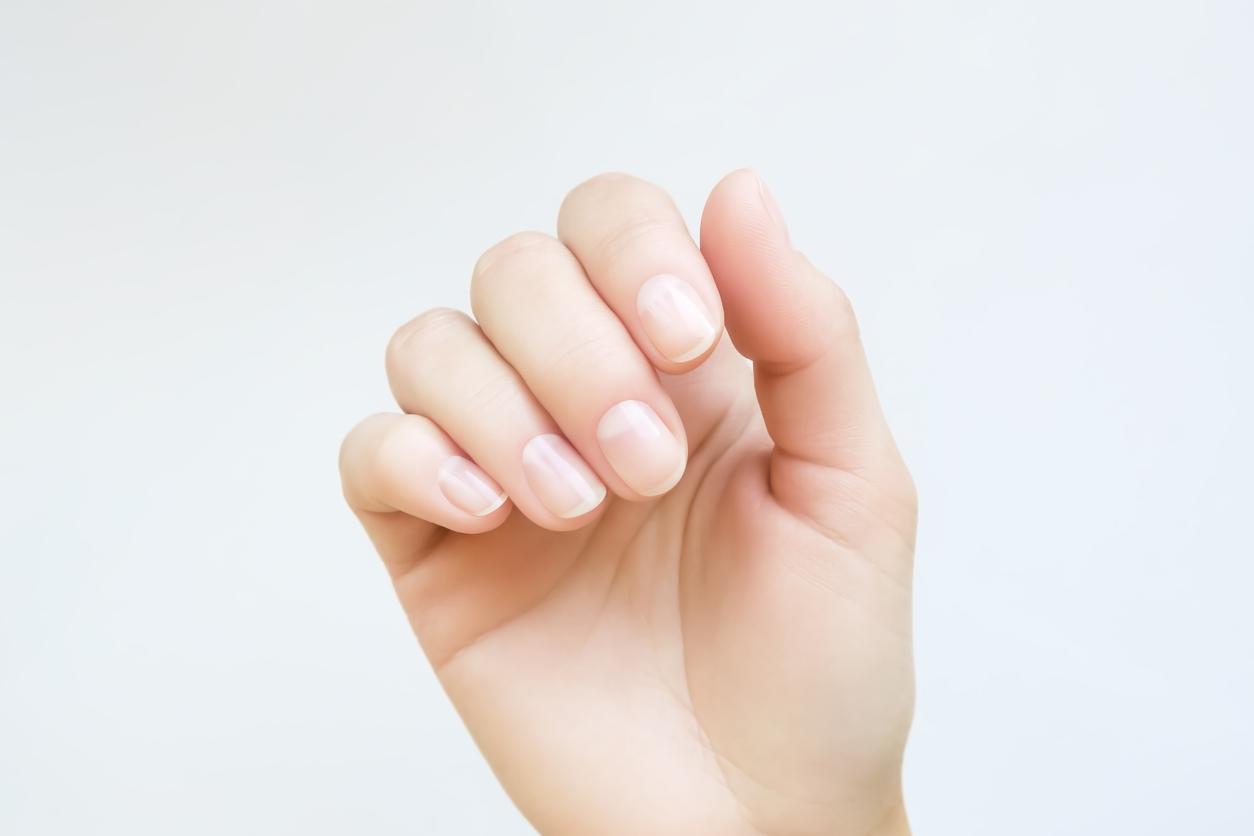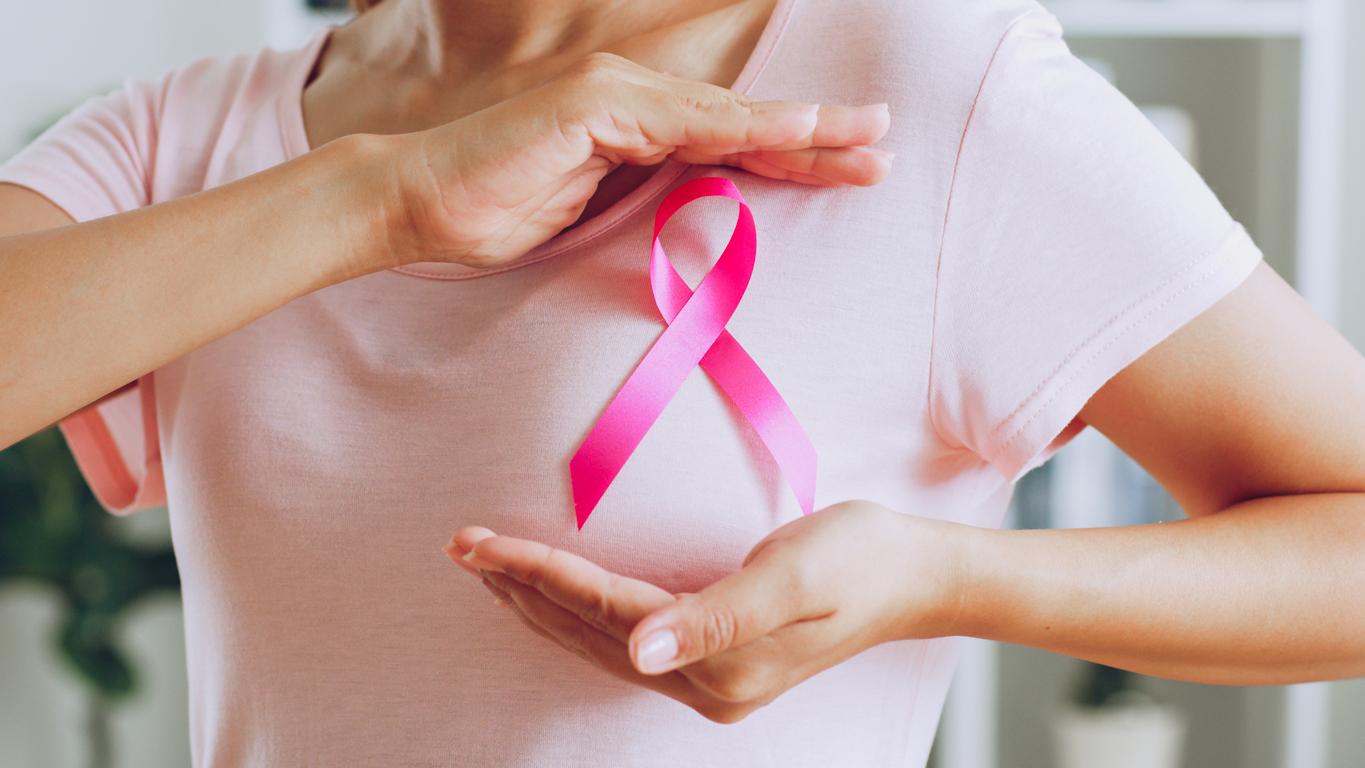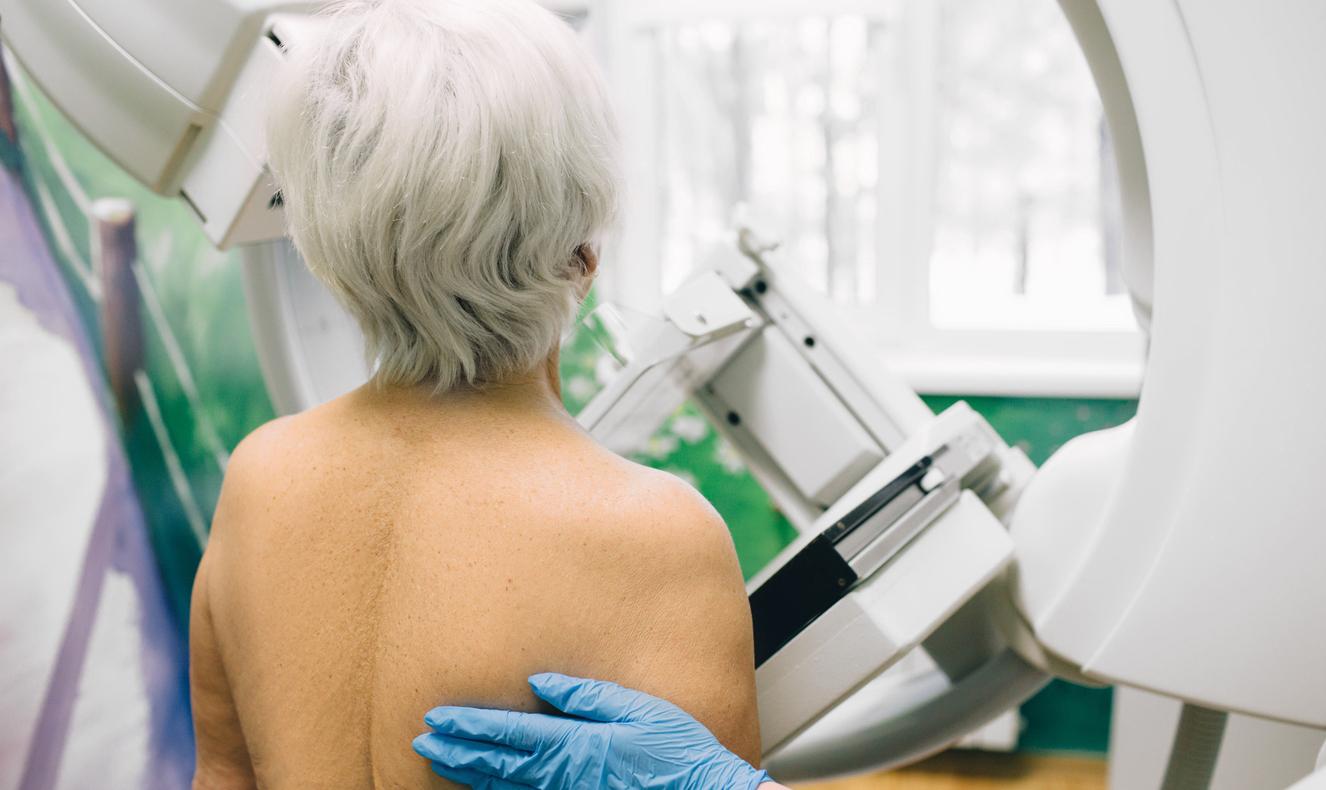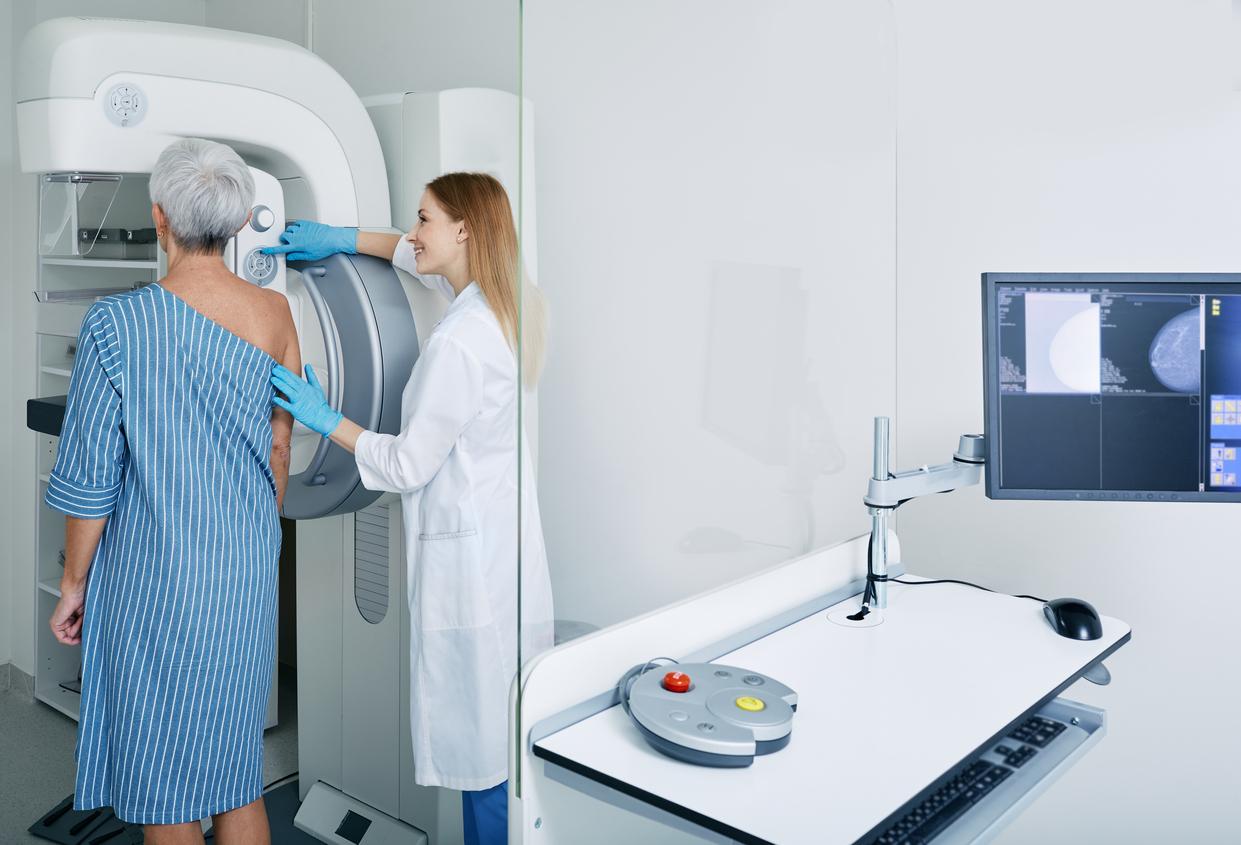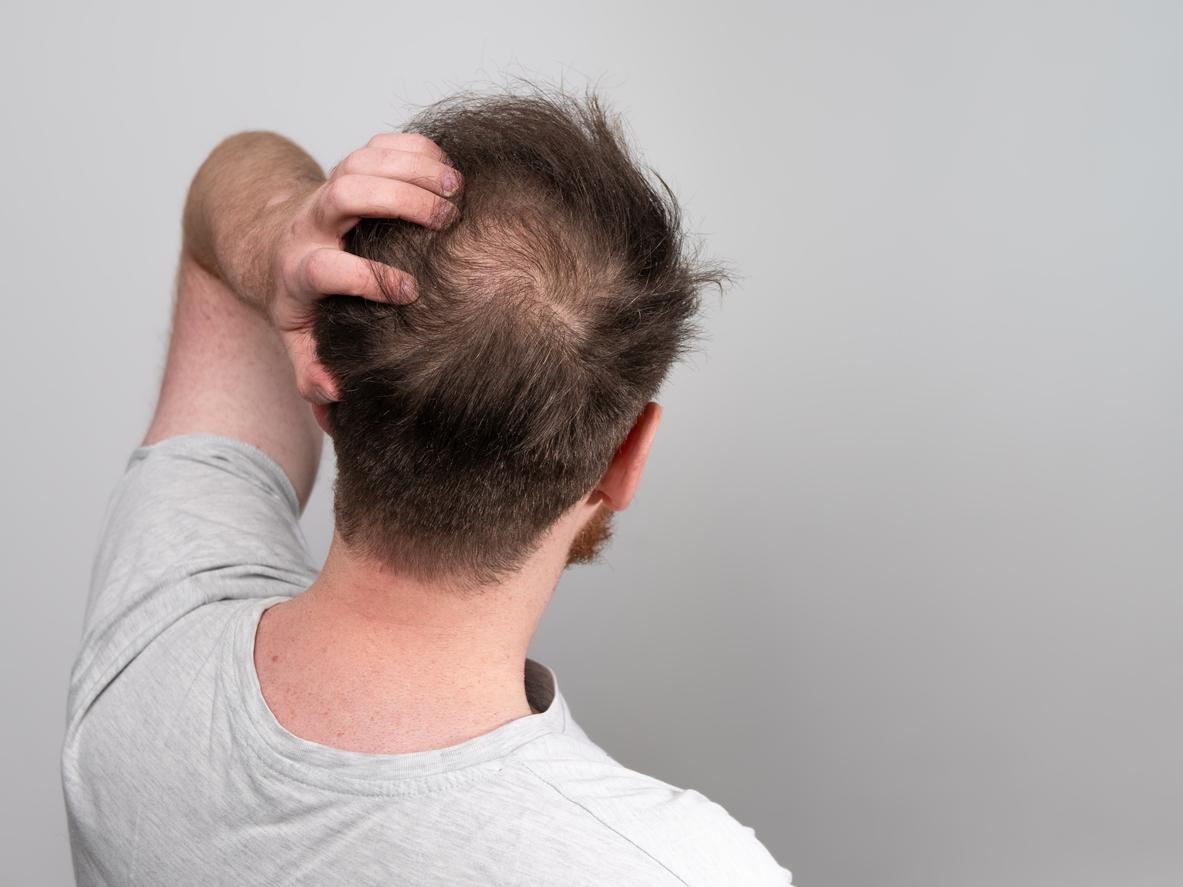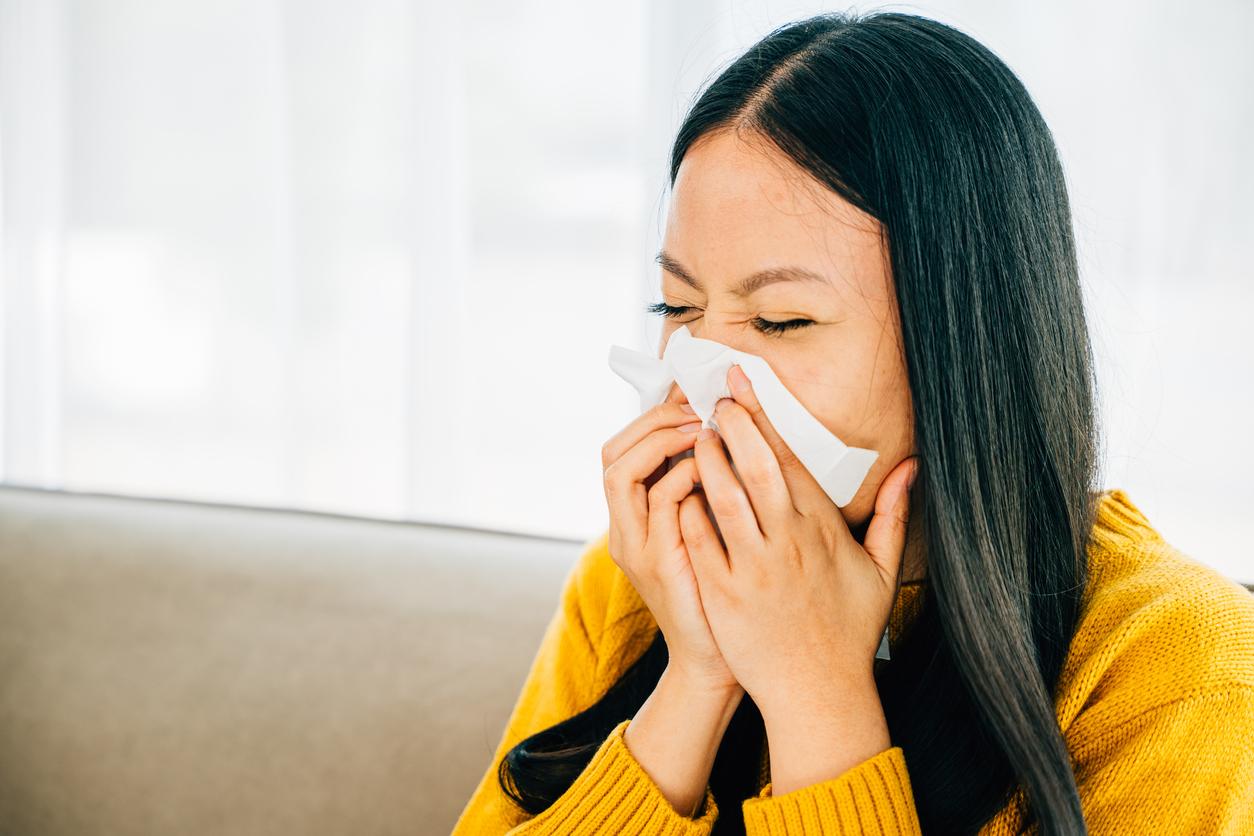In a study published in the “International Journal of Cancer”, American researchers warn of the link between chemical hair products and an increased risk of developing breast cancer.

While these are preliminary results for the time being requiring further investigation, they are nevertheless worrying.
In a study published on December 4 in theInternational Journal of Cancerresearchers from the National Institute of Environmental Health Sciences (NIEHS) and the University of North Carolina shed light on the increased risk of developing breast cancer in people using chemical hair products such as permanent colors or relaxers.
“Researchers have long studied the possible link between hair dye and cancer, but the results so far have been inconsistent,” says lead author of the work and head of the NIEHS Environment and Cancer Epidemiology Group Alexandra White in a statement. “In our study, we see a higher risk of breast cancer associated with hair dye use, and the effect is stronger in African American women, especially those who use it frequently.”
9% additional risk
To reach this conclusion, the researchers used data from the Sister Study cohort: 46,709 women aged 35 to 74 were studied who, if they did not develop breast cancer themselves breast, are considered at risk because their sister has developed the disease.
Looking at the results, the researchers then found that women who regularly had permanent hair color in the year before study enrollment were 9% more likely than women who did not use hair dye. of developing breast cancer.
African-American women on the front line
The risk is greater in African-American women. For them, using permanent dyes every five to eight weeks or more was associated with a 60% increased risk of breast cancer, compared to an 8% increased risk for white women. This increased risk is explained, according to the researchers, by the fact that “the products used by black women sometimes contain more hormonal substances”. They further found a slight increase in the risk of breast cancer associated with the use of semi-permanent or temporary hair color.
The use of relaxers is also incriminated. Dr. White and his colleagues found that women who used them every five to eight weeks had about a 30% higher risk of developing breast cancer. Again, although the association between hair straighteners and breast cancer is similar in African American and white women, straightener use was much more common among African American women.
Although disturbing, these preliminary results require further investigation to substantiate the link between breast cancer and chemical hair products. “We are exposed to many factors that can contribute to breast cancer, and it is unlikely that any single factor explains a woman’s risk. Although it is too early to make a firm recommendation, avoiding these products chemicals could be one more thing women can do to reduce their risk of breast cancer,” said Dr. Dale Sandler, chief of the NIEHS Division of Epidemiology and co-author of the study.

.







